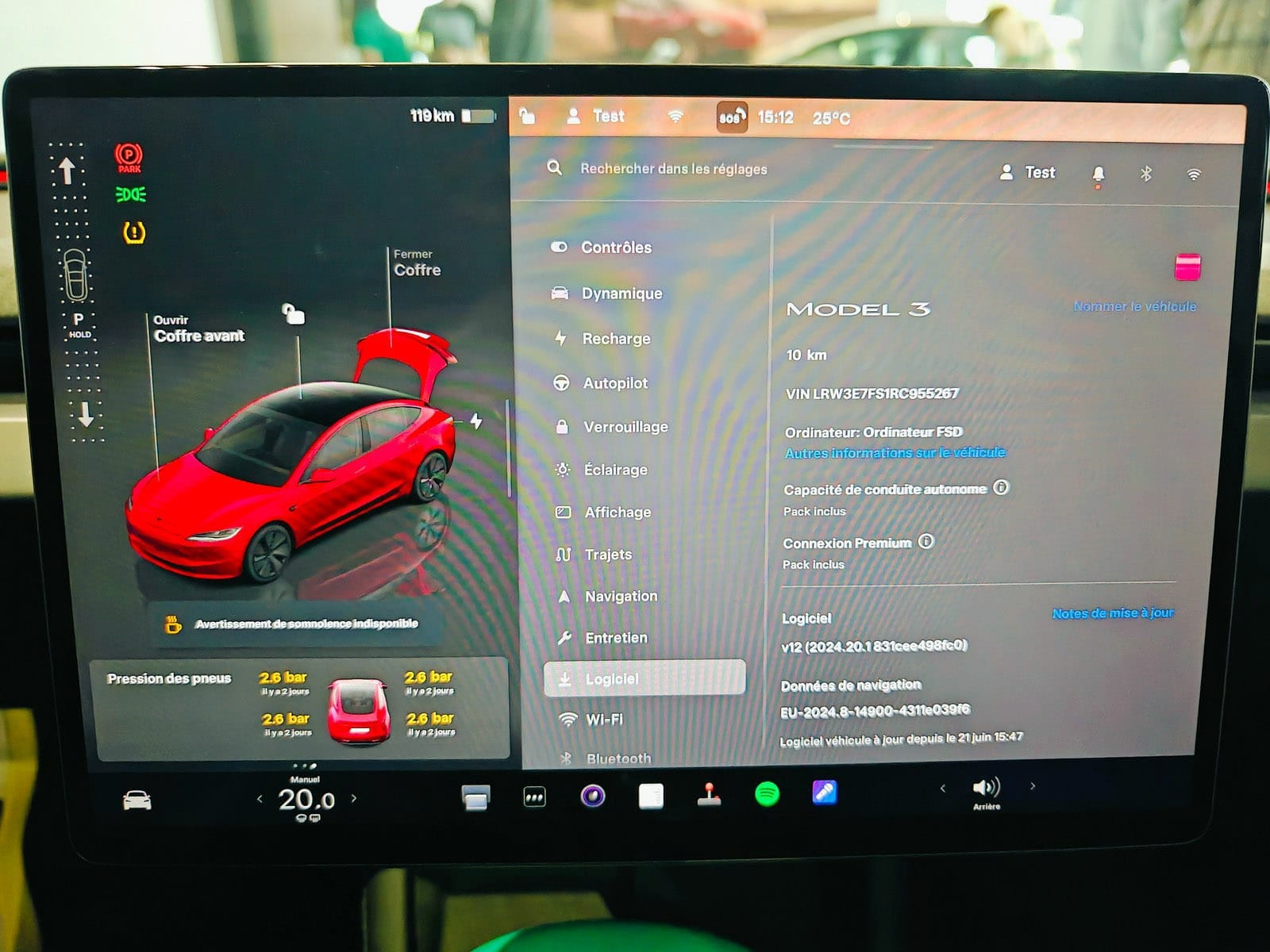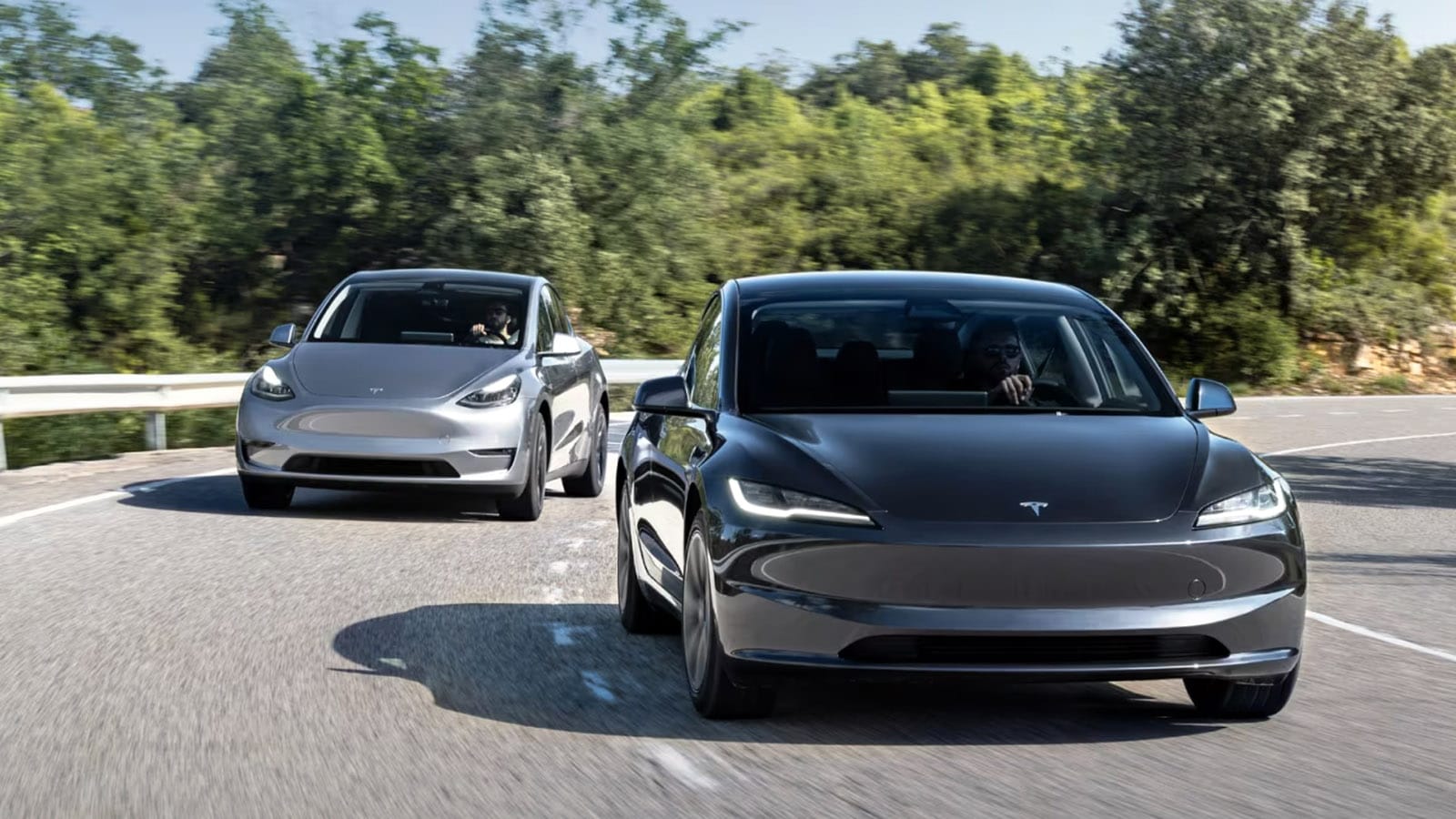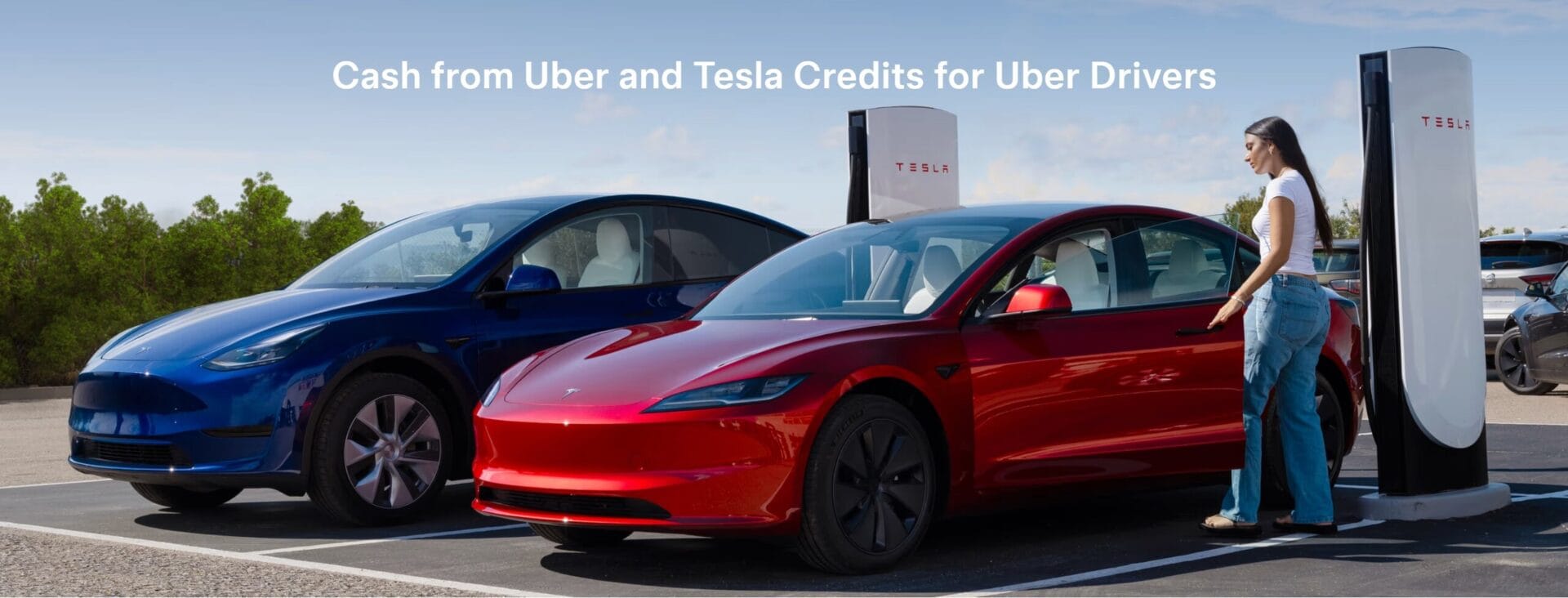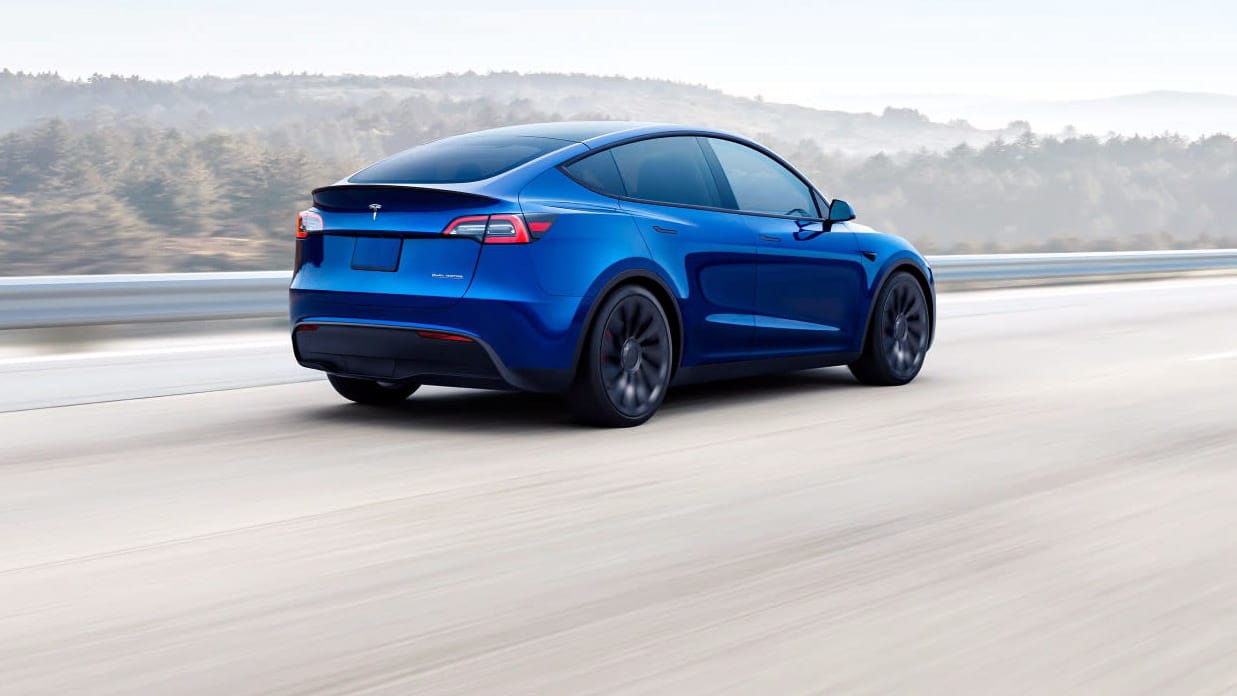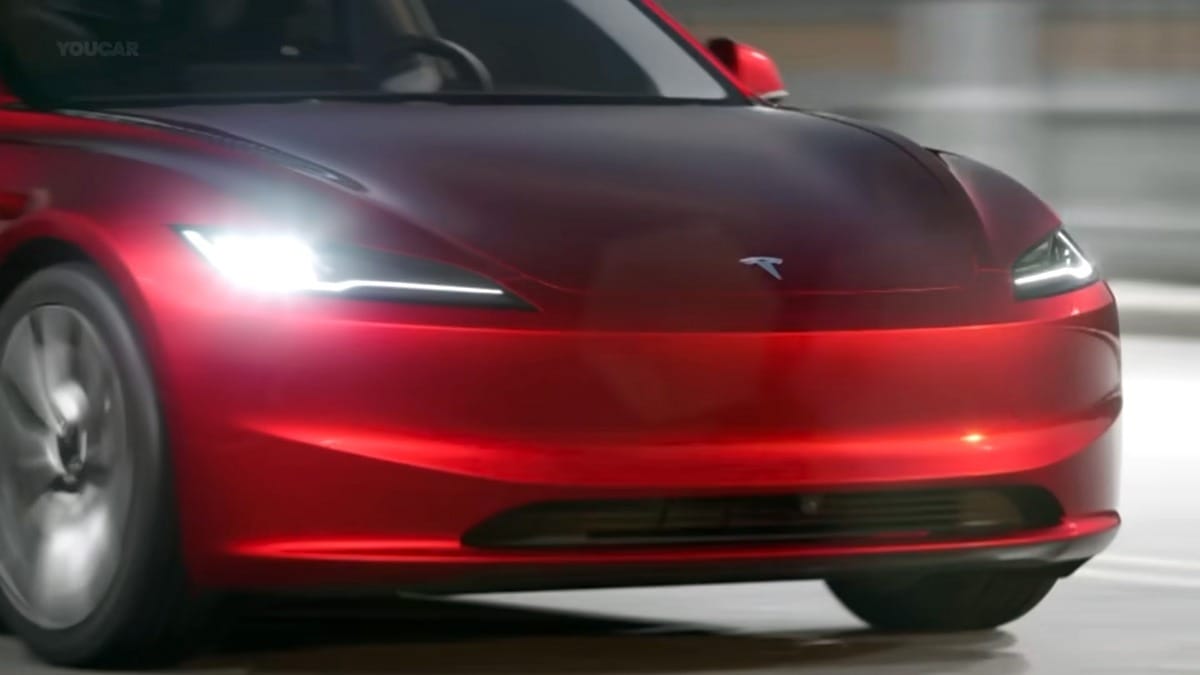Tesla has recently been expanding the range of its popular Model Y and Model 3 cars, updating their performance figures positively.
Updates Following EPA Testing
These positive adjustments typically occur after Tesla finishes the new EPA range evaluations, leading to updates on previously reported numbers from its more rigorous internal testing system. There was even a pause in deliveries of the Model Y AWD until the EPA tests were completed, resulting in a confirmed longer range on a single charge.
Efficiency Boost for Model 3 Highland
In the case of the Model 3 Highland refresh, Tesla has shifted into a mode focused on enhancing efficiency. The internal estimate for the Long Range version’s distance on a charge has been increased, especially when equipped with a specific set of wheels.
If a buyer opts for the Long Range Model 3 with the $1,000 Nova wheels instead of the standard 18-inch Photons, they will enjoy an 11-mile increase in range. Previously, the Model 3 with the 19-inch Nova wheels was rated for 305 miles according to Tesla’s internal tests, but that has now been raised to 316 miles with the larger Nova wheels and all-season tires.
Aesthetic and Performance Changes
This increase in range for the Model 3 when using the pricier wheels is a welcomed change, as the 19-inch wheels look sleek but are larger and have a bit more resistance compared to the standard 18-inch Photon wheels.
The gap in range between these two types of wheels was quite significant, with the stock wheels outperforming the 19-inch version by a full 41 miles, based on EPA estimates. However, this difference has now been reduced, and Tesla has not disclosed any specific gains in tire efficiency or changes in their testing procedures that may have led to this favorable update.



